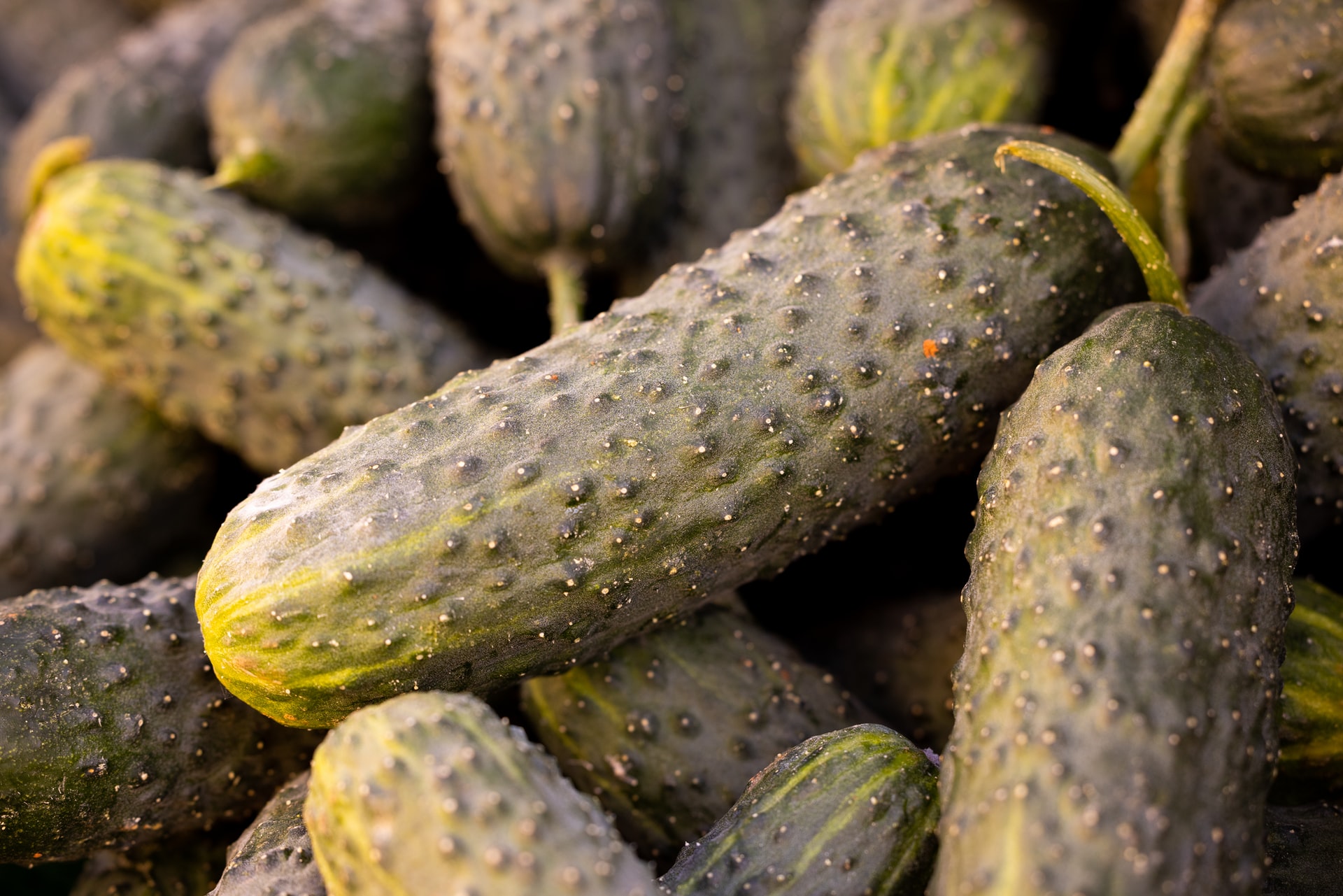In preparing the soil for sowing or planting cucumbers, organic fertilizers should be used. Manure should ideally be plowed into the soil during the fall-winter plowing. When working and preparing the soil for sowing, heavy discs should be avoided as they compact the soil too much. By rototilling, the soil is broken down into a fine granular structure to a depth of 10-15 cm. It is important to ensure that no rainfall occurs between rototilling and the formation of planting mounds (beds), as this can degrade the soil structure and texture, leading to soil compaction and making it difficult to form planting beds. Sowing seeds or planting cucumber transplants on prepared beds is always preferable to flat surfaces because the soil on beds warms up faster and the aeration of the entire seedbed layer is much better.
On large production areas, planting beds are made using a specialized machine called a bed former (baulator). Measurements should be taken to ensure the beds are as level as possible, especially the first one in the series, as each subsequent bed is aligned with it. The height of the bed should be between 15-25 cm, and the width depends on the type of PVC film being used. For single-row film, with a width of 120 cm and a spacing of 20 cm between holes, the top of the bed should be 30 to 50 cm wide. For double-row film, with a width of 130 cm and a spacing of 30 cm between holes, the top of the bed should be 40 to 60 cm wide. Drip irrigation pipes are installed during the formation of the beds, before laying the PE film, and this is done automatically. The bed former has holders for the irrigation pipe rolls. The irrigation pipes are connected to the main supply (polyethylene pipe) using connectors with valves on one side of the bed. A knot is tied at the other end to prevent water from leaking out.
Polyethylene Film
The use of polyethylene (PE) film as mulch in vegetable gardening offers numerous advantages, including for cucumber cultivation. The most commonly used are black films, but transparent and white films (white on one side and black on the other) are also used. Other colors of PE film (brown, yellow, silver, green) are used less frequently.
Advantages of using PE films:
- Earlier Harvest: The elevated soil temperature under PE film causes more intense growth and development of the crop, leading to an earlier harvest. Using black film can result in a harvest that is 7 to 14 days earlier, and transparent film can bring the harvest forward by up to 21 days.
- Reduced Evaporation: Under the cover, evaporation is reduced, resulting in higher and more uniform soil moisture compared to uncovered soil. Although covering the soil retains moisture, drip irrigation pipes should still be installed under the film for successful cultivation.
- Weed Control: Using black or black-and-white covers prevents sunlight from reaching the soil, inhibiting the growth and development of weeds under the cover. Weeds may sprout under transparent covers, but the high temperature underneath prevents their further development.
- Reduced Nutrient Leaching: Since drip irrigation systems are commonly used under the cover, allowing for fertigation (nutrient supply through irrigation), the necessary nutrients are added close to the root system. This reduces nutrient leaching into deeper soil layers and groundwater due to heavy irrigation or rainfall.
- Reduced Soil Compaction and Crust Formation: The soil under the film remains loose and well-aerated because only the spaces between the film strips are used for movement, and heavy rainfall does not disrupt the soil structure. The roots receive enough oxygen for growth and development, and soil microbial activity is satisfactory.
- Cleaner and Healthier Produce: Covered crops are cleaner and less prone to pest attacks since there is no contact with the soil. On uncovered surfaces, fruits (e.g., cucumbers, strawberries) develop on the ground, which promotes disease development. During heavy rainfall, soil particles can splash onto plants or fruits, reducing quality.
- Enhanced Growth: The covering film is almost impermeable to carbon dioxide, which is essential for photosynthesis. As the carbon dioxide level rises under the impermeable cover, it exits through the holes where the plants are planted and positively affects the intensity of photosynthesis when it comes into contact with the leaves.
The downside of using PE film is the need for its removal and disposal, as well as the higher initial investment.













































